‘Come True’ is a true example of bold indie horror cinema. Written, and directed by Anthony Scott Burns, who also co-composed the ethereal soundtrack, this mind-bender takes us on a journey into the nightmares of Sarah Dunne, persuasively portrayed by Julia Sarah Stone. As dreams and reality start to leak into each other, Sarah desperately scrambles to find herself before she is lost inside her nightmares. The film’s plot is relentless, throwing unexpected twists while giving the audience very little to hold on to as they are dragged down the rabbit hole with the characters themselves. If ‘Come True’ has left you with a long list of questions, we might have some answers for you! SPOILERS AHEAD.
Come True Plot Synopsis
‘Come True’ follows Sarah Dunne, a mysterious school girl who avoids seeing her mother at all costs and spends her nights in a public park or, when she’s lucky, with friends. Sarah is regularly haunted by nightmares involving gruesome passageways, decorated with dismembered body parts and tortured figures, and always ending with the same dark shadowy being with glowing eyes who seems to be at the center of her morbid dreamland. Unable to get restful sleep, she signs up for a sleep study. After finding out that the scientists behind the sleep study can watch the dreams she and the other test subjects are having, and also fearing that one of the researchers, Jeremy, is stalking her, she decides to leave the study.
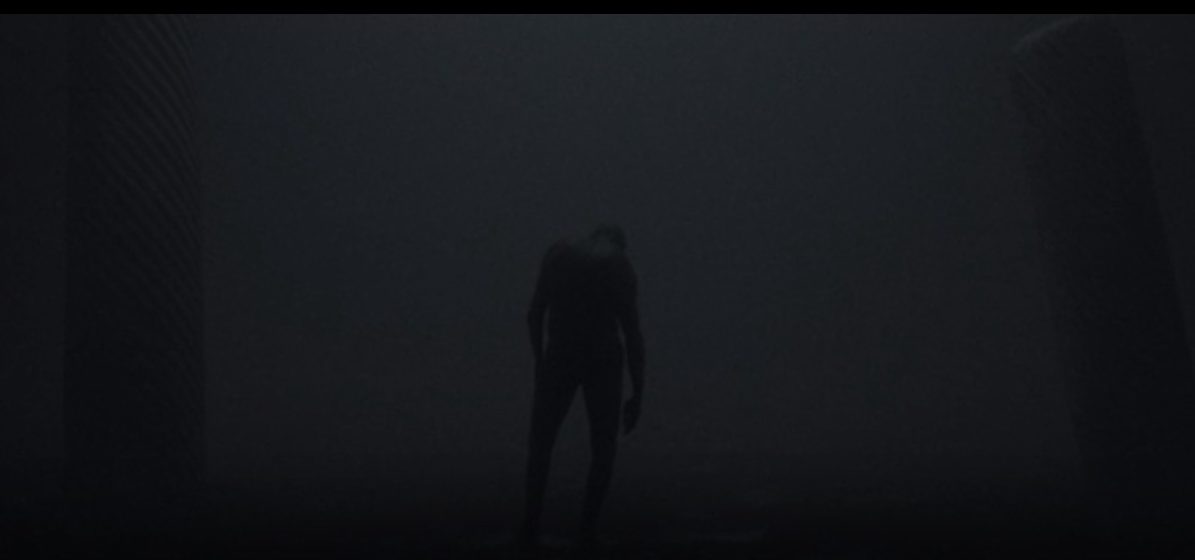
However, with nowhere to go, she goes back to Jeremy only to see that he is haunted by the dark being too. She also sees that he has a dream about her, in which they kiss. Soon after, the two make love during which Sarah suddenly falls unconscious. Jeremy takes her to the hospital but soon sees her sleepwalking out of there. He hooks Sarah, still asleep, up to the contraption that allows them to view their subjects’ dreams, and together with his colleague, Anita, the two follow Sarah into the wilderness, watching her dreams on a screen as she sleepwalks ahead.
Come True Ending: When Did Sarah Go Into a Coma?
As Sarah sleepwalks towards a massive ominous structure in her dream, Jeremy and Anita see more and more of the dark beings on their screen. Jeremy mentions that he has never seen so many of them before and they seem to be surrounded by them. Suddenly, they hear a phone ring. Jeremy finds Sarah’s phone, which had earlier been stolen from her, lying out in the open field. As soon as Jeremy swipes the screen to answer, Sarah wakes up with a gasp and starts sobbing, asking Jeremy if he saw all the dark beings that she was seeing in her dream.
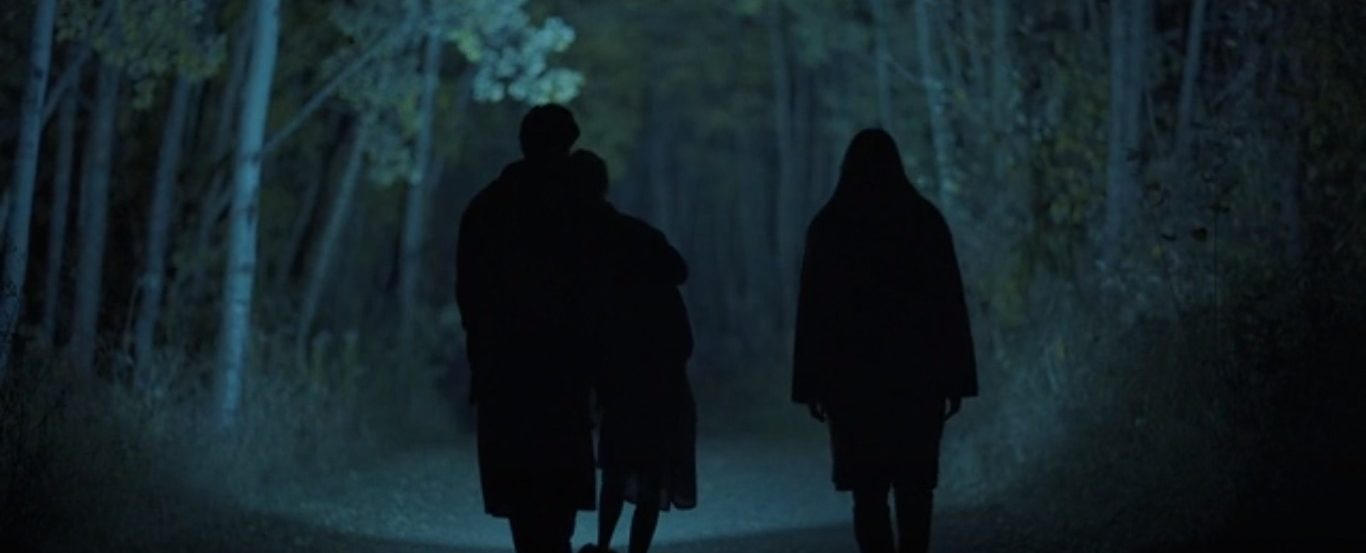
He says that he did, and soon the dark beings start showing up in “real life,” with their glowing eyes shining in the darkness all around them. All three of them run, but Anita and Jeremy are sucked into the darkness. Sarah runs on alone until she comes face to face with one of the dark beings. As she stares at its face, she suddenly wakes to find herself sitting naked astride Jeremy, soaked in blood. She looks down at him and her hands, realizing that she’s gouged his eyes out and killed him.
She then walks, still covered in blood, to the bathroom and while looking at herself in the mirror notices that she has grown fangs. Her phone receives an image. She looks at it and starts softly laughing. The audience is then shown the phone screen, which displays a brief message telling Sarah that she’s been in a coma for 20 years while pleading with her to wake up. Fade to black. End credits.
What just happened? Let’s try to figure it out! So, we know that Sarah is dreaming at the end of the movie. But when exactly did she fall into a coma? Do we see any part of her waking life in the movie or does all of it play out in her head? One possibility is that what we see in the first part of the movie is Sarah’s real life, and she falls into a coma sometime after enlisting in the sleep study.
This could’ve happened in her first session, and then everything we see thereafter is a part of her coma. Another instance that could mark the beginning of her coma could be during her and Jeremy’s lovemaking when she passes out and doesn’t wake up until the climax of the movie. However, both these possibilities don’t explain why she was having these nightmares even before she fell into a coma.
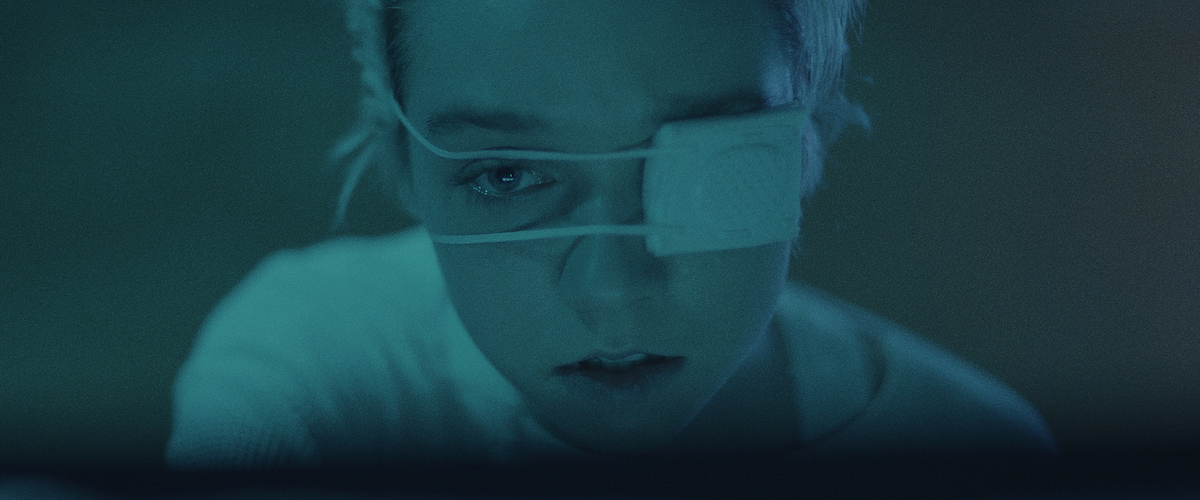
Another possibility is that Sarah has been asleep throughout, and we only see her “coma persona.” From the time the movie begins, we see Sarah’s life in fragments. Waking up, sneaking into her house, sitting in class, and sleeping at the playground, all of it is delivered with a slightly ethereal feel to it. This dreamy and disjointed life, in which Sarah battles extreme exhaustion and guzzles coffee, is shown to be the case even before she volunteers for the sleep study, which points to the idea that she has been asleep throughout the time that we have known her character.
The most accurate real-life version of Sarah that we see in the movie might be at the end when we see her laughing at her reflection in the mirror despite having sprouted fangs. This is right after she finds out that she is in a coma, and the only time in the movie where she looks relieved. It is unclear why Sarah is in a coma in the first place but we can infer by the way she avoids her mother that that might have something to do with it. Her mind may be in a coma to escape some form of trauma involving her mother.
We don’t see Sarah show any strong emotion of hatred or fear towards her mother, just a desperate need to avoid her. Whichever theory about when Sarah fell into a coma we choose to follow, we still see characters interacting with each other even when Sarah is not present at the scene. Hence, we are presented with a view of the larger dream world, and not just Sarah’s perspective, making it difficult to pinpoint exactly when she goes into the coma.
Who Are the Dark Beings with Glowing Eyes?
The maze-like pathways, the ominous doorways, and the unspeakable being at the center of it all are very symbolic of the labyrinthine subconscious mind hiding something deep inside. The shadowy beings seen throughout the film could be the physical symbol of whatever it is that Sarah is trying to avoid by pushing it deep down into her subconscious. This could explain why the other test subjects also saw the same being in their dreams, as all of them had something that they were trying to bury in their subconscious.
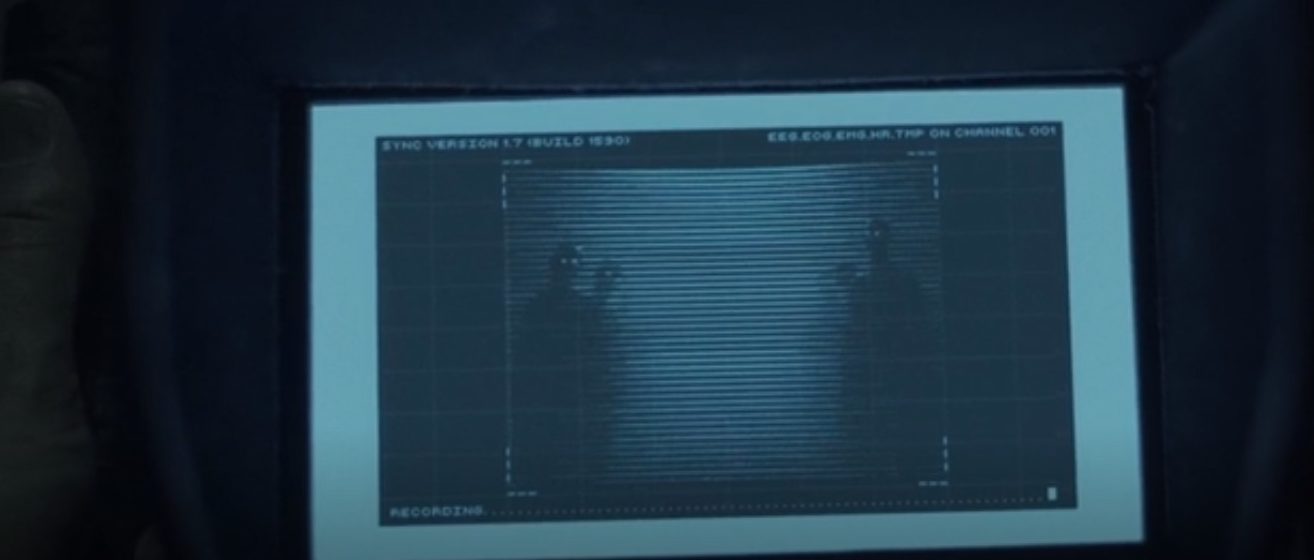
Another theory is that the dark beings could be the doctors or scientists in the realm of reality, who are trying to reach out to Sarah to send her the message that she is in a coma. However, in Sarah’s sub-conscience, they appear as dark beings. It is possible that the people working to bring her out of her coma have found a way to enter her dreams and interact with her, but can only do it in the most surreal of ways. This means that they can only reach her when she is asleep and dreaming inside her coma state, appearing as the dark beings.
As they get better at entering her dreams, they begin to appear in her reality inside the coma. As we see near the end, the dark beings start appearing to her even when she’s not dreaming and she sees the face of one clearly, just before passing out. This could be the people from reality who are trying to wake her, and who are getting closer to reaching her. But every time they get too close, her mind pushes them away and she wakes up, breaking the connection.
The dark and morbid realm we see the dark beings inhabit is symbolic of nightmarish dreams and the coma. The realm is populated with phenomena seen in dreams like fragmented faces, elongated limbs and furniture, and random objects from everyday life like the tricycle and music box. The entire dark realm shown seems to be a metaphor for the dark reality in which Sarah has existed for 20 years.
The feeling of helplessness (in the presence of the dark being) which the test subjects and Jeremy experience further hints at the theme of how one is utterly helpless when in a coma. It also draws attention to the earlier mention of “hypnagogic hallucinations,” which Dr. Meyer says the two male subjects are having when they see the dark being with glowing eyes.
What is the Significance of Sarah’s Phone?
Sarah’s phone seems to be the tool that people from the realm of reality are finally able to manipulate to contact her inside her coma. The phone plays a key part in the climax, twice! The first time is when Jeremy discovers it ringing in the field where he and Anita are following a sleepwalking Sarah. Upon Jeremy swiping the screen of the phone, Sarah is awakened from her sleepwalking nightmare. The only other time she, and other subjects, wake up like this is when they are touched by the dark beings. This shows us the phone is connected to her dreams and the beings.
In the final scene of the movie, we see an image on the phone screen containing words that Sarah has just finished reading and which makes her start laughing. The words tell her that she has been in a coma for 20 years and that “they” are trying out a new technique to reach her. Her phone, therefore, turns out to be a connection to reality which the people who are trying to wake her up are using to contact her. This also draws attention to an earlier scene in which Sarah’s phone is stolen by some unseen “boys” when she’s passed out at a laundromat. Was her phone being stolen also part of the plan to help people from reality get in touch with Sarah? It seems so.
What Do the Chapter Titles Mean?
At regular intervals in the movie, we see the titles of “The Persona,” “The Anima and The Animus,” “The Shadow,” and “The Self.” These are components of a theory known as the collective unconscious by Swiss psychiatrist and the founder of analytical psychology, Carl Jung. It refers to the subconscious mechanisms that inform the actions and motivations of all humans.
According to Jung, “The Persona” refers to the exterior image that we all present to the outside world. In this case, it could refer to how we see Sarah at the beginning of the movie when she is trying to maintain some semblance of normalcy and goes to school, has friends, and generally tries to live a regular life.
“The Anima and The Animus” refers to the male-female duality within each of us. Our personalities are a mixture of masculine and feminine attributes. The mention of this particular theory has interesting repercussions on our understanding of the film as it sheds light on Jeremy’s mysterious character. We notice that Sarah and Jeremy have opposing personalities. Whereas Sarah can be loud, abusive, and impulsive, Jeremy is soft-spoken, timid, and brooding.
It’s possible that since Sarah is living in a dream, the “Jeremy” that we see is a manifestation of merely one half of her personality, and she is the manifestation of the other half of her true, real-life personality. The interactions, arguments, lovemaking, and eventual murder of Jeremy at Sarah’s hands could all be a visual representation of Sarah’s internal tug of war to figure out who she really is.
“The Shadow” refers to the dark, morally gray urges that we all carry inside us but try and hide from the world. “The Shadow” in this case would be the dark beings which, as stated before, are very likely symbols of something morbid that the characters want to keep buried in their subconscious. And finally, “The Self” refers to the all-inclusive being that one can become if one can balance the masculine-feminine attributes and learn to live with one’s darker side (“The Shadow”).
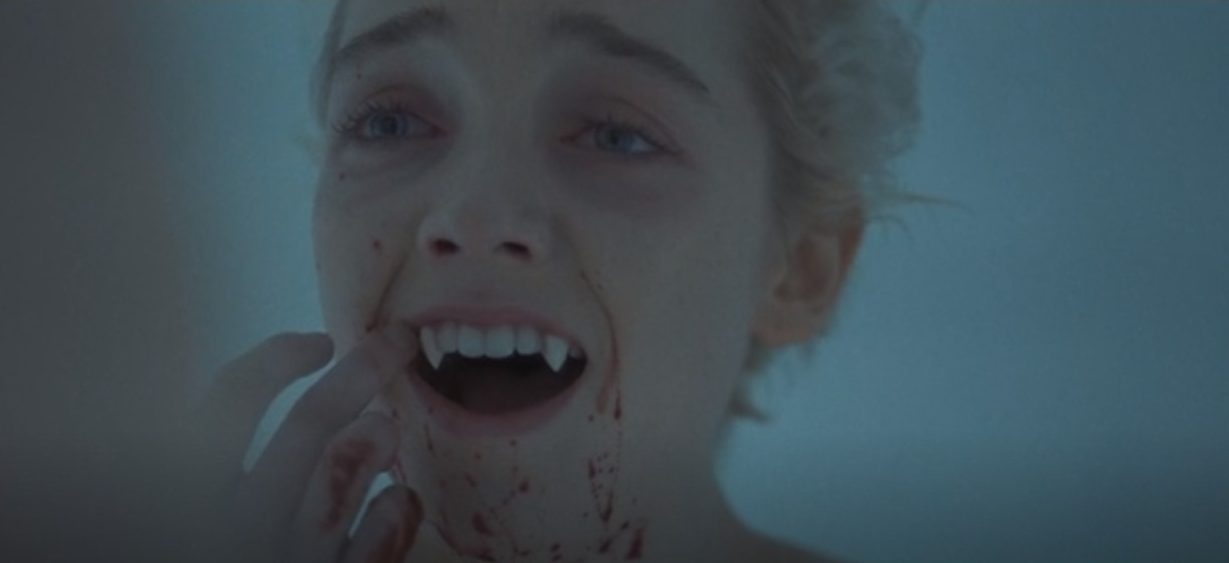
The ending of the movie seems to point at Sarah finally finding her “Self.” In an obvious way, she finds her “Self” because she now knows that she is in a coma and it gives her some perspective on reality. In another sense, however, if we follow the entire Jungian theory, Sarah seems to have balanced out “The Anima and The Animus” within her by killing off the part of her personality that Jeremy represents. Carl Jung cautions that the overpowering of one aspect over the other results in a personality that is skewed and often dangerous.
We see this happening with Sarah at the end of the movie where, having killed Jeremy (who might have symbolized the peaceful or caring side of her personality), splattered with blood and growing fangs, Sarah has finally become her dark and dangerous “Self.” This ominous image of Sarah shown at the end is a fantastic twist and a complete contrast to the frightened Sarah we see for most of the movie.
Read More: Best Sci-Fi Horror Movies Ever

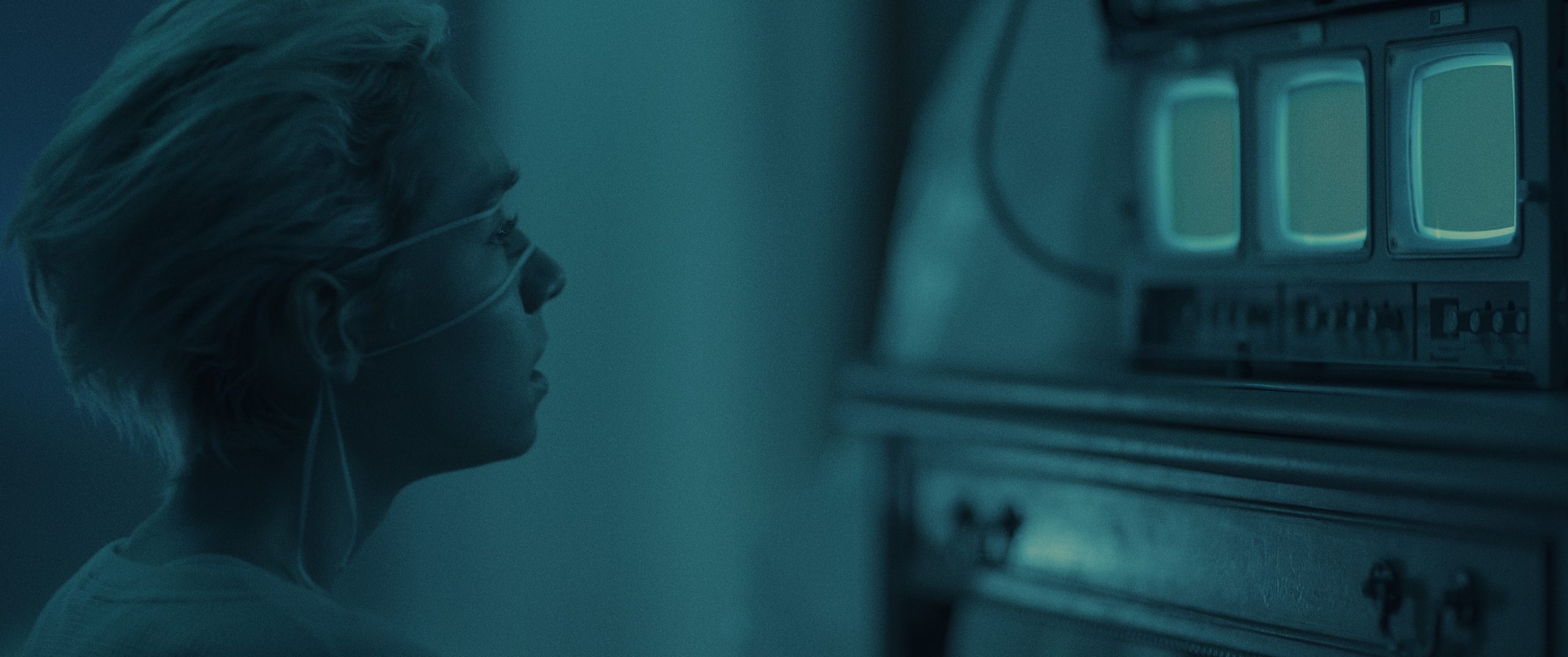
You must be logged in to post a comment.